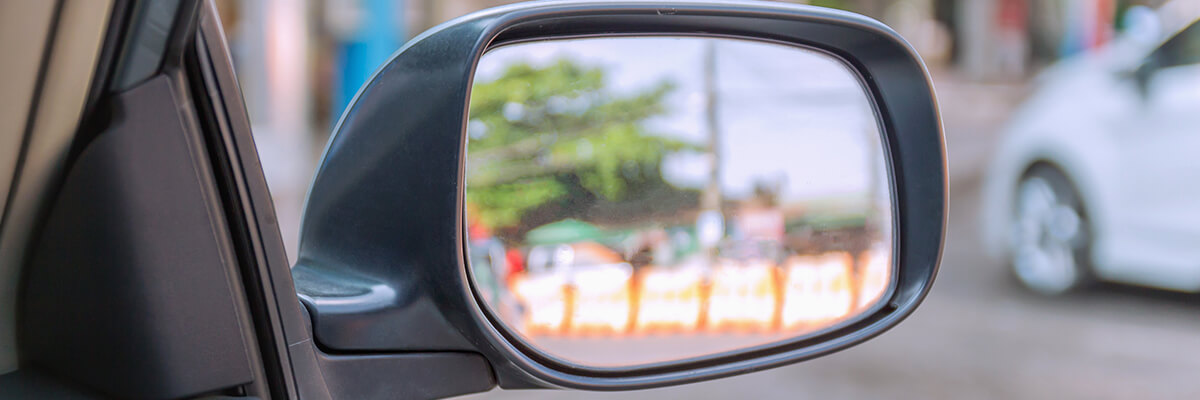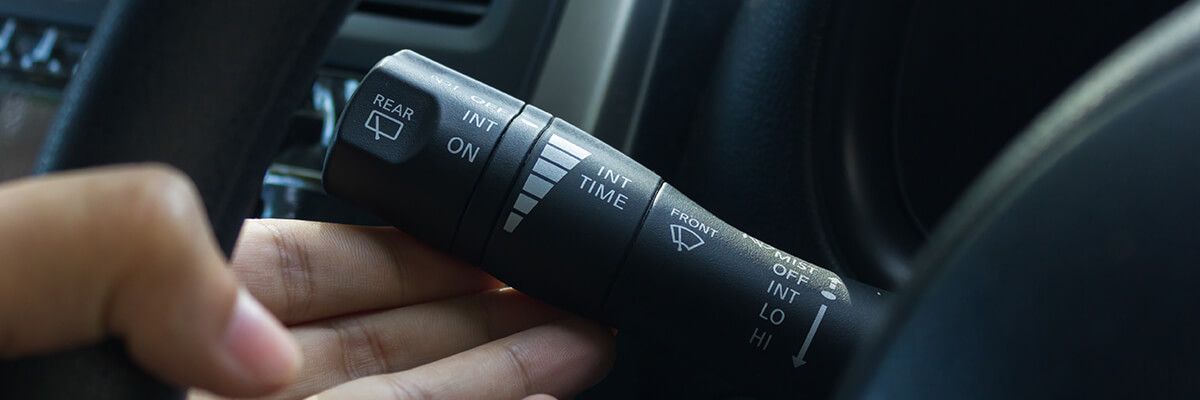No matter how much of a confident driver you are while taking lessons, there is always going to be the niggling ‘what if’ thought in your head regarding what happens if you fail. Taking your practical test can be incredibly nerve-wracking, which is often one of the leading causes of avoidable mistakes. Nerves and stress affect us all differently and can commonly be the reason as to why an individual fails. One of the best ways to reduce stress is to make yourself aware of the top causes of minors and worst case, a major during a practical test and work on these skills to avoid failing your test.
5 Ways To Avoid Failing Your Test
Although you can never quite predict what will unfold during your driving test, your examiner will keep a careful eye out for common slip-ups that learners regularly make. These slip-ups aren’t a secret and to be honest, we’re all human, so they’re easily done. Although they are simple mistakes to make, with a strict examiner in a bad mood, they could result in a major, so its recommended to get to know the most common test issues.
Use of Mirrors
It is more than likely your instructor has stressed to you multiple times the importance of excellent observation skills and using your mirrors; this is because it is one of the number one basic driving skills your examiner will be picky on. Aim to check each of your mirrors before making any change in your driving, whether this may be setting off, changing lane or even changing speed. By checking mirrors, we mean only a quick glance. Although checking your mirrors is vital, spending longer than required staring into the distance can easily distract you from the road in front, also causing a potential minor.

Emerging from Junctions
Junctions can be a tricky one because you can pick up minors for hesitation but potential majors for emerging out too quickly and risking a collision. You’re probably thinking that you can’t win when it comes to junctions, but this isn’t necessarily the case.
When approaching a junction, always initially assess the situation, ask yourself, is it a closed or open junction? Once you have determined the type of junction, you will then be able to predict the best course of action.
Closed junctions mean that your view of the road you wish to join is restricted, often this is the case in residential areas filled with houses, trees or hedges and parked cars. When visibility is low, you must take a slow and steady approach. As you approach the junction, slow down and stop if you see a vehicle coming. If the coast seems clear, gently ease off the brake and start to emerge into road slowly, it means if you see another road user suddenly appear, you can stop without causing a disruption.
On the other hand, open junctions mean that nothing is blocking your view of the road ahead, this is more common when joining a dual carriageway. Dual carriageways are often more fast-paced meaning you must only emerge if there is a big enough gap for you to join safely.
Accurate Signalling
Signalling is essential when driving, is it your only form of communication with other road users yet many drivers still do not correctly signal. There are many different scenarios in which you may risk gaining a minor due to poor signalling, these include:
- Failure to cancel a signal – This is a huge culprit for misleading other road users, particularly if you fail to cancel a signal when leaving a roundabout. Other drivers may misinterpret your signal for another turning you plan to make.
- Failure to indicate when moving off, changing lane or leaving a roundabout – Forgetting to signal to show that you are planning to make a sudden movement could result in a collision as other road users will assume you are staying in your current position.
- Last minute signalling – Signalling at the last minute is incredibly dangerous, particularly if you plan to make a turning. Drivers will be unaware that you will begin to slow down within a few seconds and will not be prepared.

Remaining In Control
Of course, to pass your test you must prove you can remain in control of the vehicle at all times, but particularly when it comes to steering accuracy. You want to make sure that your steering is steady and you practice good lane discipline. Lane discipline relates to how well you can maintain a fixed position between the kerb and white centres lines.
Not only is lane disciple vital when driving on a single or dual carriageway, but also when making turnings. If you approach a junction or turning, even on a roundabout, too wide, your examiner may class it as dangerous driving. This is because it is easy to lose control when in this position and disrupt the oncoming vehicle approaching you on the other side of the road. Whereas, making a turn too tight can also cause an issue because you may clip the kerb or worst case scenario, go up onto a pathway in the direction of pedestrians. Moral of the story is approach turnings slowly and with care.
Moving Off
Initially moving off and then setting off after a manoeuvre is unlikely to cause a real issue; however, this is a different story at roundabouts and traffic lights. It is understandable that having a row of traffic waiting behind you, relying on you to be the first driver to set off after waiting can be a little nerve-wracking. Many drivers panic when faced with this scenario meaning they do not adequately prepare for moving off, rush the process and often stall.
Stalling alone cannot result in a major, however, if you hold up traffic or cause others to slow down or change direction, this may be a more significant issue. With additional practice, you will start to understand how to judge when a traffic light is going to turn green and when a big enough space forms at a roundabout for you to move off. Once how to make judgements is established, you will then know the correct timing to start preparing your vehicle for moving off. This includes finding the bite point, easing off the brake and moving over to the acceleration.
Depending on where you live, you may come across considerably more stop-start movements. For example, when taking driving lessons in Milton Keynes, you will be faced with several different roundabout types, so understanding how to prepare your vehicle and then move off quickly would be vital.

Pass Your Test With Ease
It would be unrealistic to say that you shouldn’t feel at all worried at the thought of taking your driving test, particularly if it is your first attempt. Only ever book your practical test when you feel completely ready, and your instructor can accommodate additional lessons in the last few weeks before your test.
